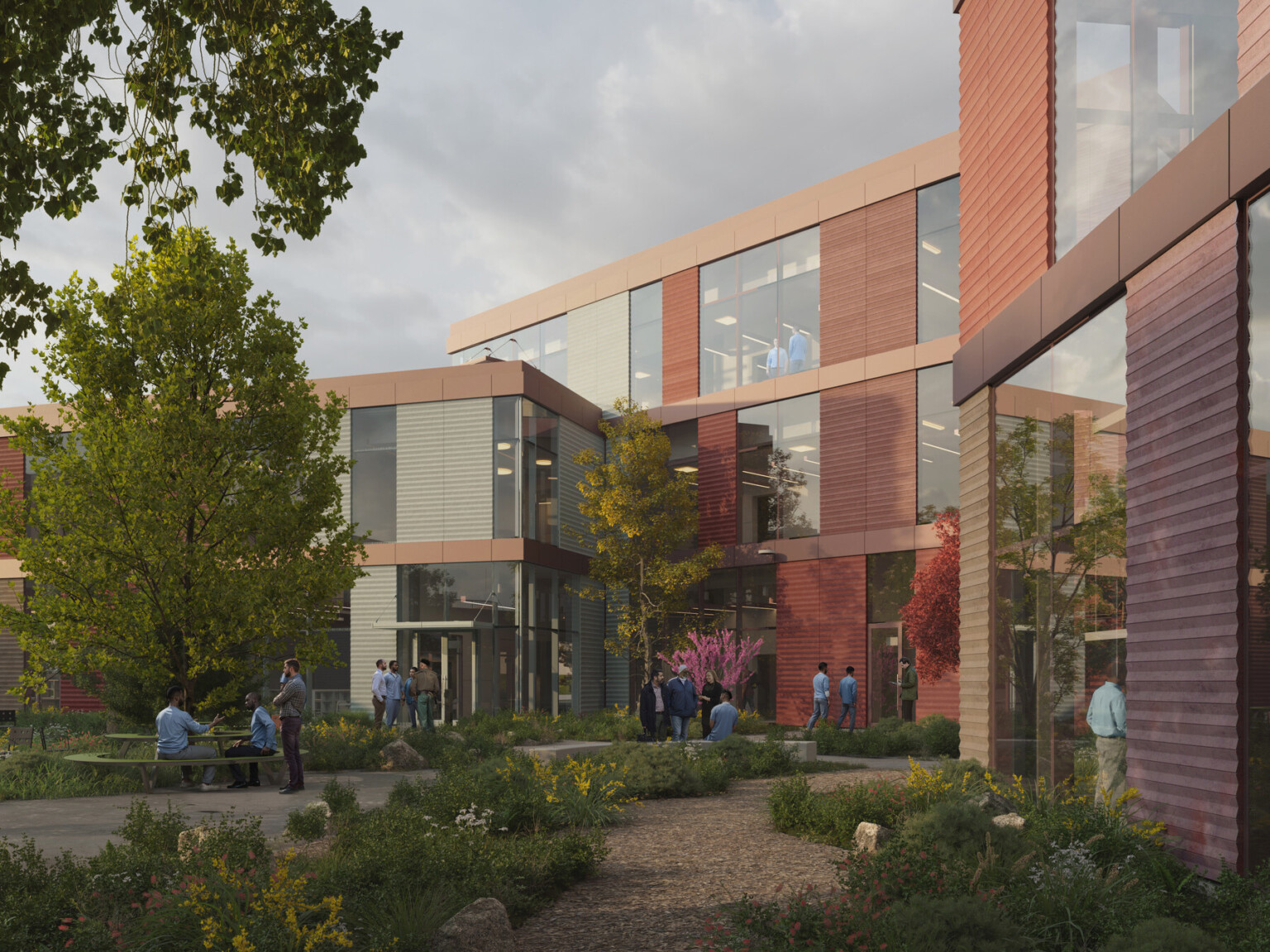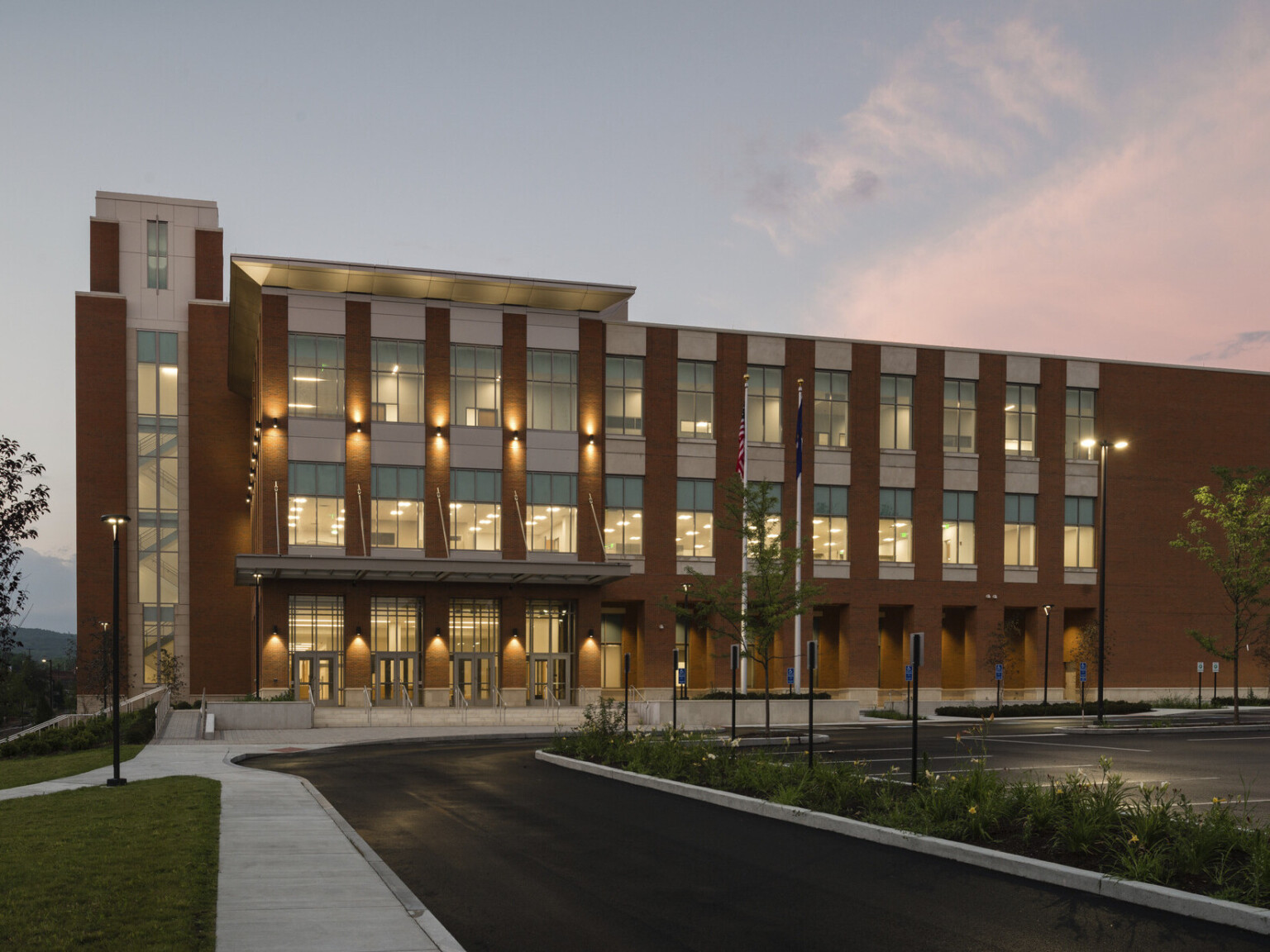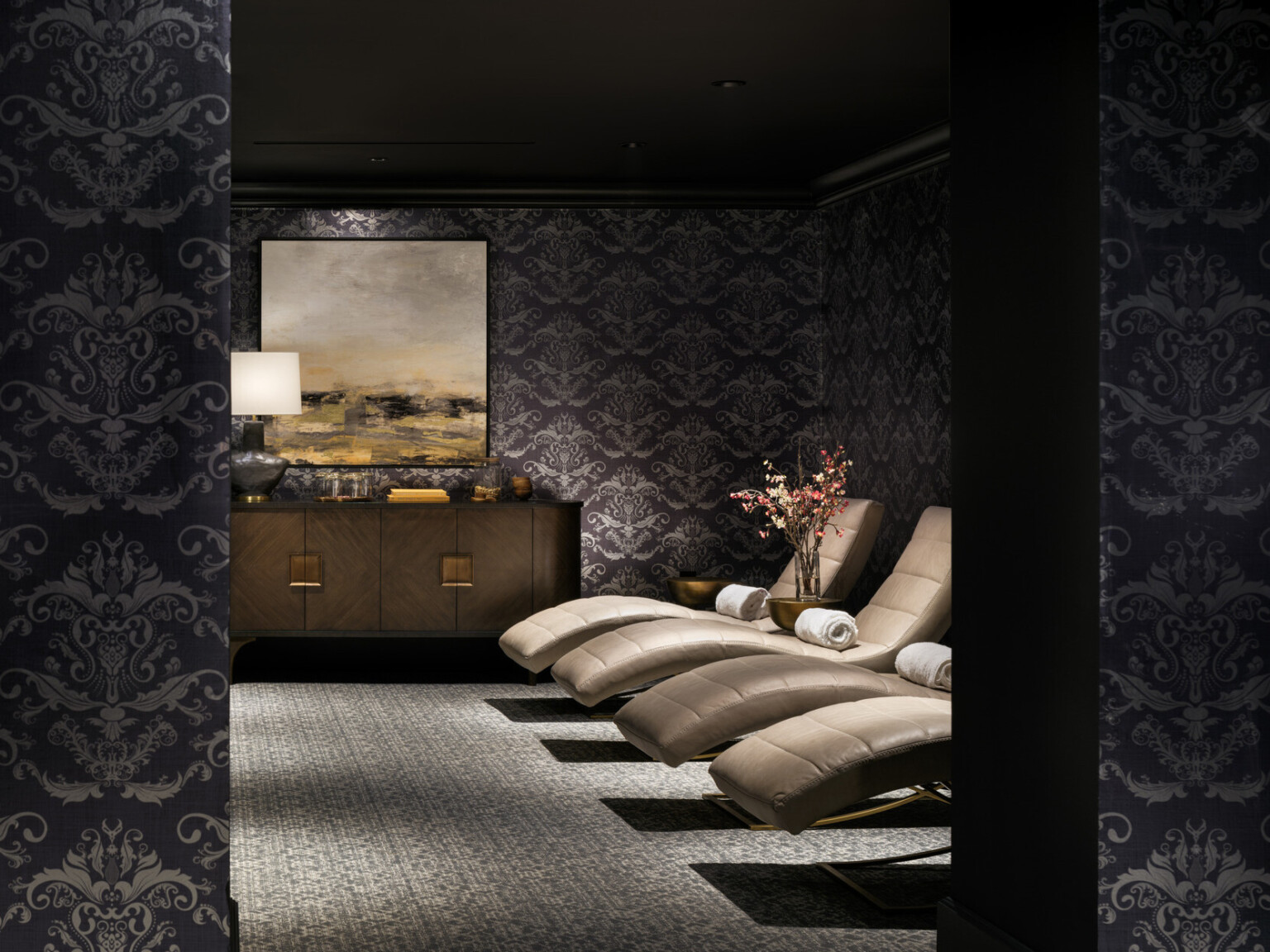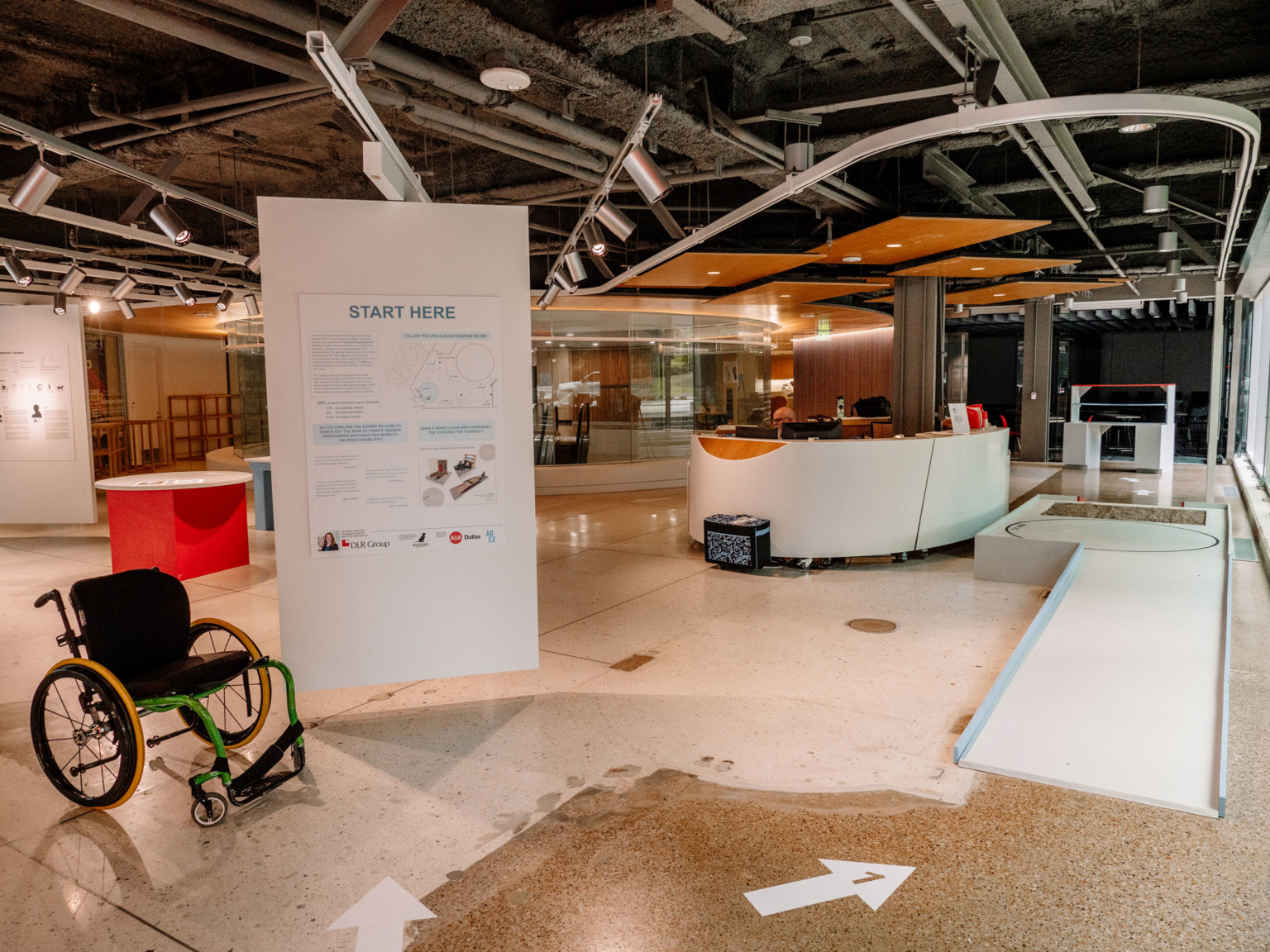
Accessible Design Awareness
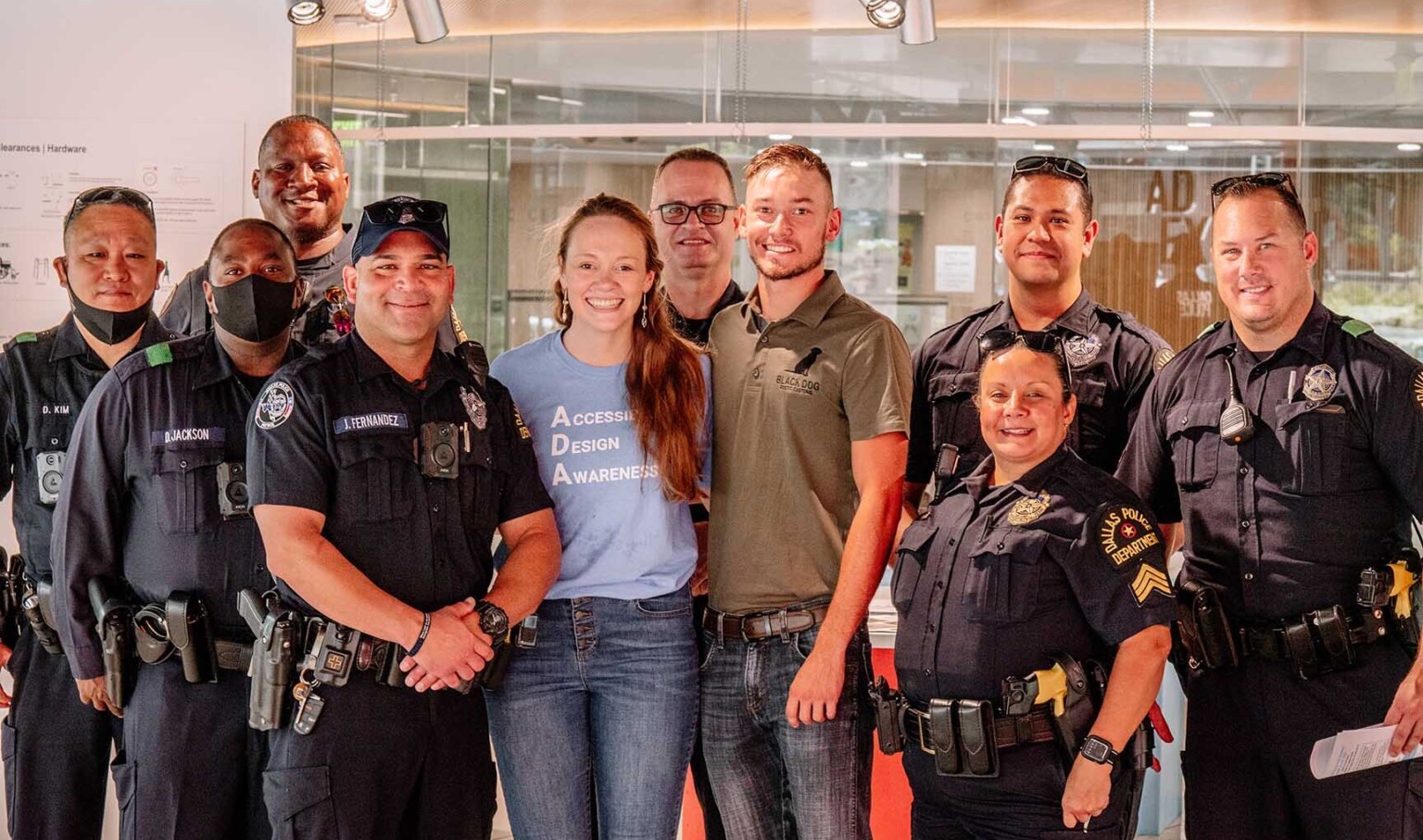
Making Accessible Design Accessible for Everyone
With the support of DLR Group I was able to create an interactive exhibit revolving around accessible design. This exhibit was held from June 11 – June 25th in Dallas, in the gallery space of the AIA Dallas location. The exhibit included five stations for people to interact with using an assistive device, like a wheelchair, walker, cane, etc. In addition, there were 12 biographies displayed of the people I interviewed who have different physical disabilities. Directly interviewing people who live with disabilities was extremely powerful and gave me a true sense as to the obstacles they face. I was able to hear their opinions on doors, entryways, ramps, elevators, restrooms, and more. There is so much value in someone’s lived experience, and as designers we must recognize the need for listening to create and design spaces for ALL people. We must hear what works and what does not.
Within the exhibit, each station had a portion painted blue which meant “accessible” to ADA bare-minimum code, and red which meant “not to code.” For example, the ramp station had one ramp that was built to bare minimum ADA code – for every 12 inches the ramp rises 1 inch – and one ramp that was too steep and not to code. There was also a 5-foot turning radius incorporated into the ramp station that helped people understand the scale and ability it takes to fully turn in a wheelchair. Other stations included millwork, tables, wall protrusions, and doors. The exhibits people were most surprised by were the clearances around the doors, the ramp, and the 5-foot turning radius.
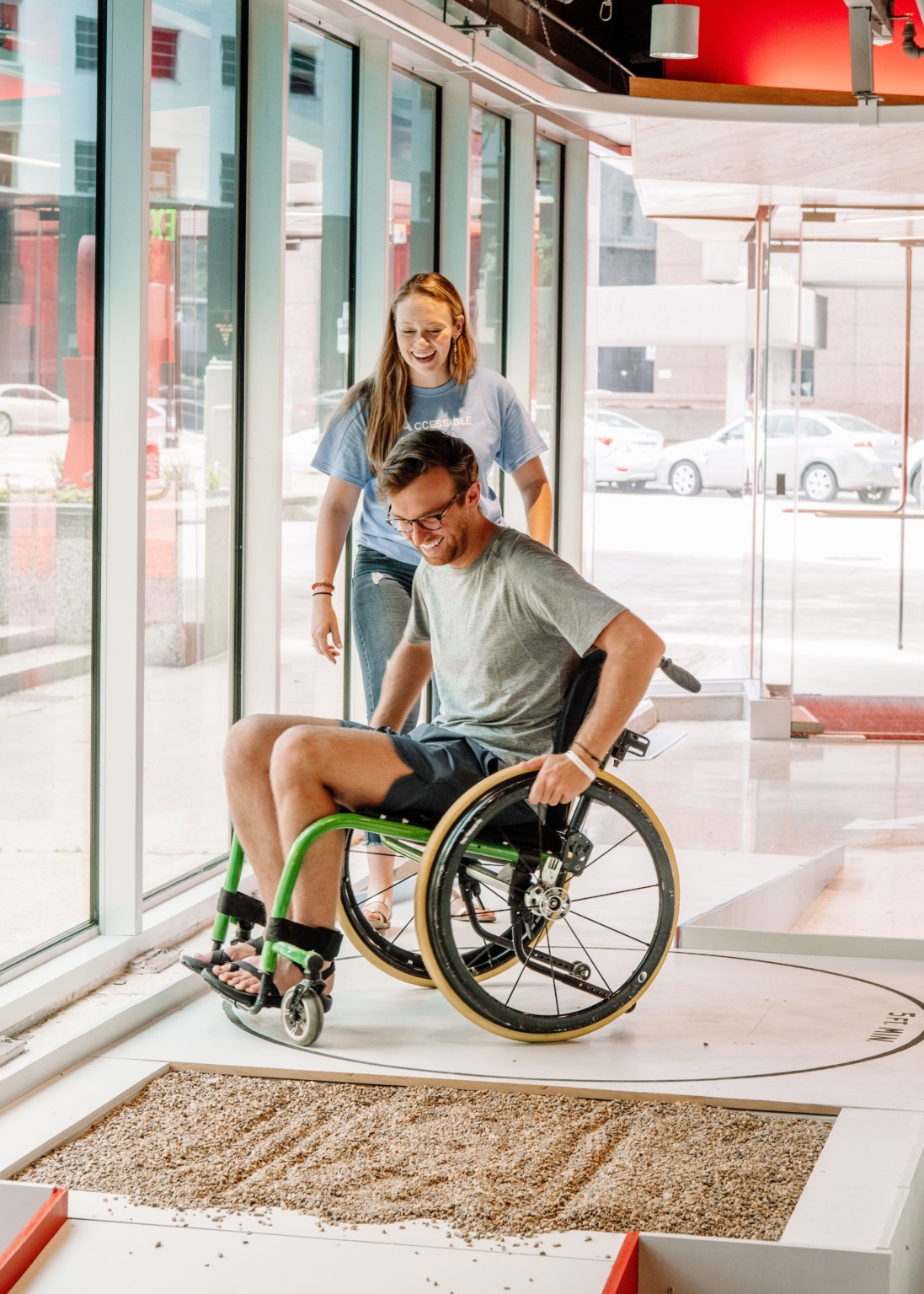
What is the Non-disabled Consensus on ADA Standards?
Based on the reactions and feedback of the 160+ able bodied participants who went through my ADA installation, the bare minimum code is not good enough for all people. Many designers and architects have never actually sat in a wheelchair or had to use crutches. Exhibit visitors stated things like, “I have never been in a wheelchair, this is so humbling” or “I can’t imagine the mental energy to go places.” They also mentioned how eye opening it was to try out the codes that we all as designers so regularly show in our construction documents. To personally test the bare minimum code is a whole other perspective that is extremely valuable.
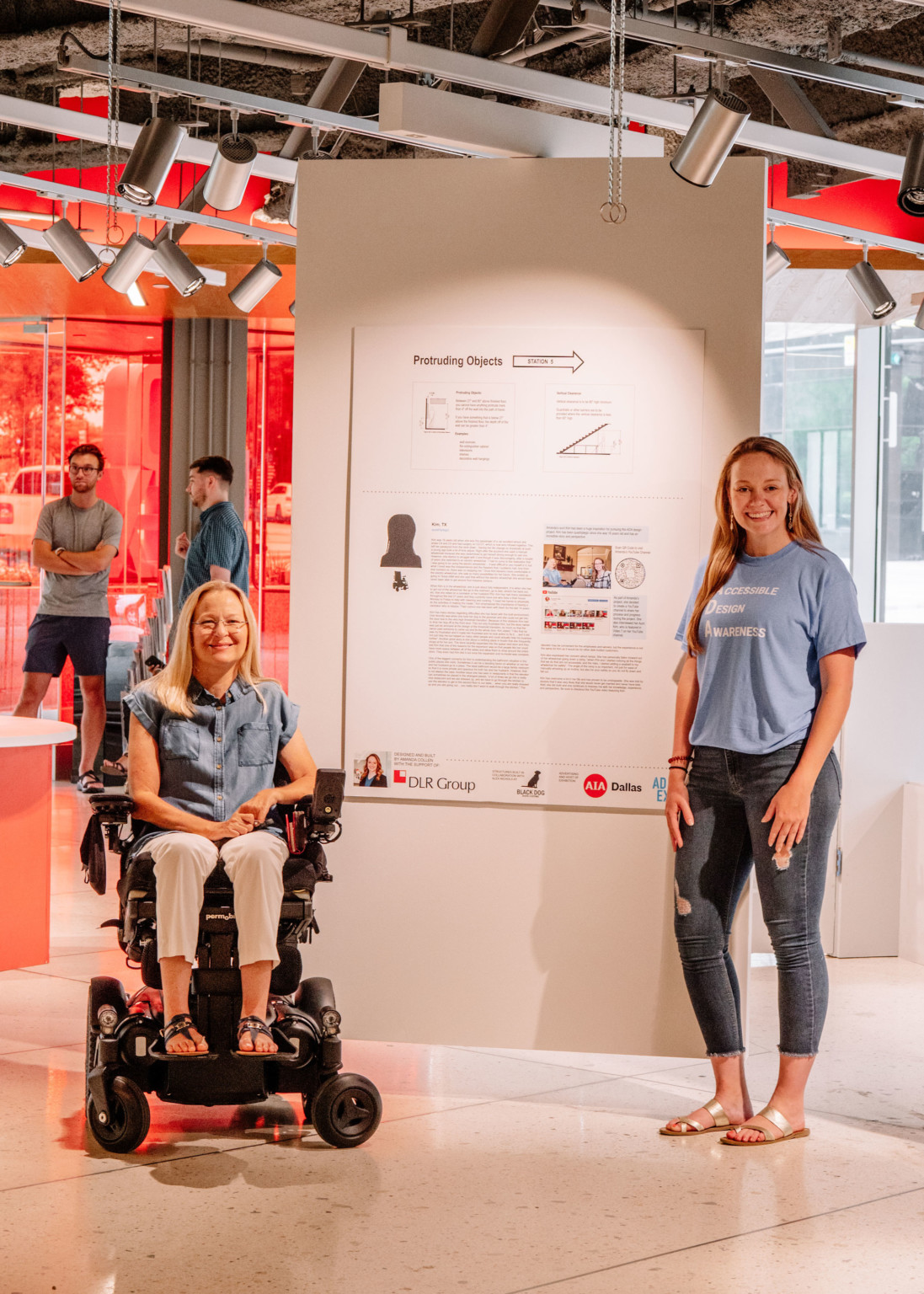
Since the exhibit was open to the public in Dallas in June, the exhibit has made its way to Texas Tech University where the Theatre department will be utilizing it next semester to continue awareness for this cause. There has also been interest in re-creating the exhibit in other places across the country. I am excited to see how this PDG will continue to have an impact on the public, and how it will ultimately create change in how we interact with the environment. And within DLR Group we have started facilitating collaborative workshops related to accessible design.
You can watch my interviews on my YouTube channel, and tour the exhibit.








